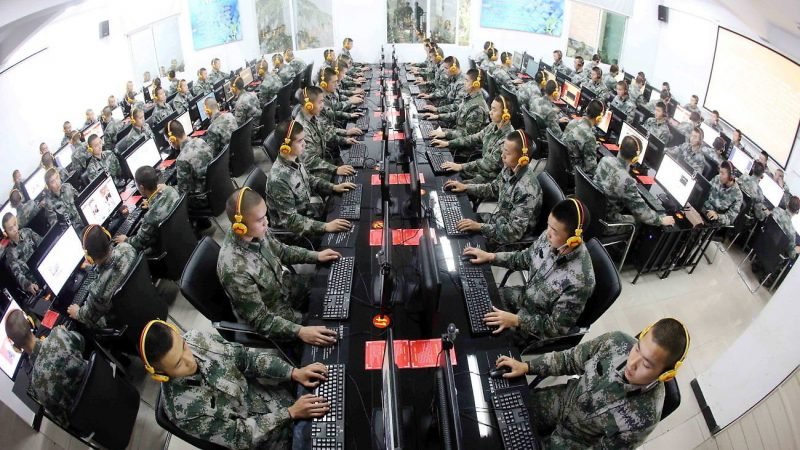10 Chilling Facts About Cyber Armies and the Battle for the Digital World- In a world where battles no longer need bombs or bullets, a silent war is being waged—one that most people can’t see but everyone is vulnerable to. Cyber armies, often operating in the shadows of national governments or as independent mercenary units, are reshaping the future of global conflict. Here are ten chilling facts that expose the dark underbelly of this ongoing digital warfare.
1. Nation-States Have Official Cyber Armies
Many countries, including the U.S., China, Russia, Iran, and North Korea, have formal cyber warfare divisions within their militaries. These digital forces conduct espionage, disrupt infrastructure, and wage cyberattacks to achieve political and economic goals—often without a single shot being fired.
2. Cyber Warfare Is Cheaper Than Traditional War
It costs significantly less to develop malware or hire a skilled hacker than to build tanks or fund a military base. For rogue states and terror groups, cyber warfare offers a low-cost, high-impact means of attack, leveling the playing field against more powerful nations.
3. Critical Infrastructure Is Constantly Under Threat
Power grids, water systems, transportation networks, and even hospitals are vulnerable to cyberattacks. A well-timed strike could plunge a city into chaos without any physical invasion. In 2021, the Colonial Pipeline ransomware attack caused fuel shortages across the U.S. East Coast—a chilling glimpse of what’s possible.
4. Zero-Day Exploits Are Cyber Nukes
A “zero-day” exploit is a previously unknown software vulnerability. When used by cyber armies, these flaws can give attackers full control of systems before developers even know there’s a problem. Nations stockpile zero-days like digital weapons, ready to unleash them when needed.
5. AI Is Becoming a Weapon in the Cyber Arsenal
Cyber armies are now leveraging artificial intelligence to automate attacks, identify vulnerabilities, and adapt in real-time. Meanwhile, defenders are also racing to use AI to detect and stop intrusions. The result is an AI-driven arms race in cyberspace.
6. Cyber Mercenaries Are for Hire
Groups like NSO Group (known for the Pegasus spyware) operate in legal and ethical gray zones, offering powerful surveillance and hacking tools to the highest bidder—including authoritarian regimes. These mercenaries blur the line between nation-sponsored and private cyberwarfare.
7. Disinformation Campaigns Are Strategic Weapons
Cyber armies don’t just hack systems—they hack minds. Through social media manipulation, fake news, and AI-generated content, they can destabilize societies, interfere in elections, and incite unrest. Psychological operations have gone digital, and the results are chillingly effective.
8. Attribution Is Nearly Impossible
Unlike traditional warfare, cyberattacks are hard to trace. Hackers often use layers of proxies, stolen identities, and compromised servers. Even when a country is suspected, plausible deniability often protects them from retaliation, making accountability rare.
9. Cyber Retaliation Could Spark Real-World Conflict
A sufficiently damaging cyberattack—like shutting down a power grid or disabling defense systems—could provoke a kinetic military response. Experts warn that a digital strike could be the match that lights a real-world war.
10. The Cyber Battlefield Is Expanding
With the rise of smart devices, cloud computing, and global connectivity, the digital battlefield now includes homes, cars, medical devices, and even pacemakers. Every connected device is a potential entry point for attack—and most are woefully unprotected.
Conclusion
The battle for the digital world is already underway, fought by invisible soldiers across networks and nations. As technology advances, the line between peace and war continues to blur. In this new era, cybersecurity isn’t just about protecting data—it’s about preserving national security, civil stability, and individual freedom.
Stay vigilant. The war of tomorrow is happening today, and it’s being fought in the code.



